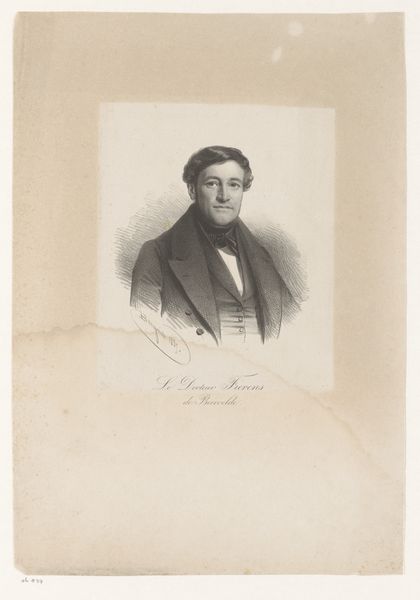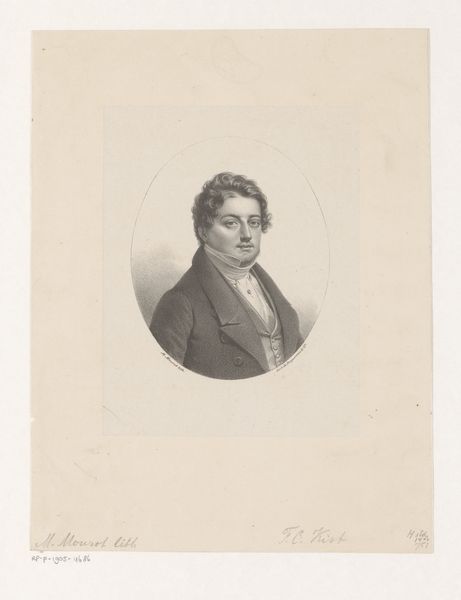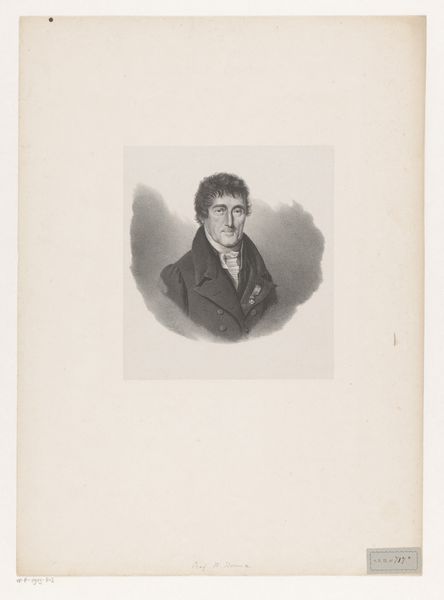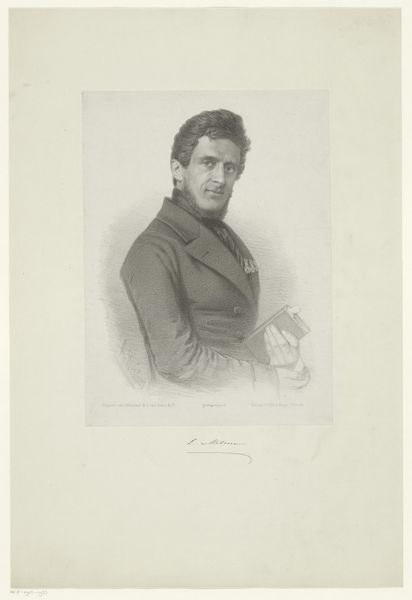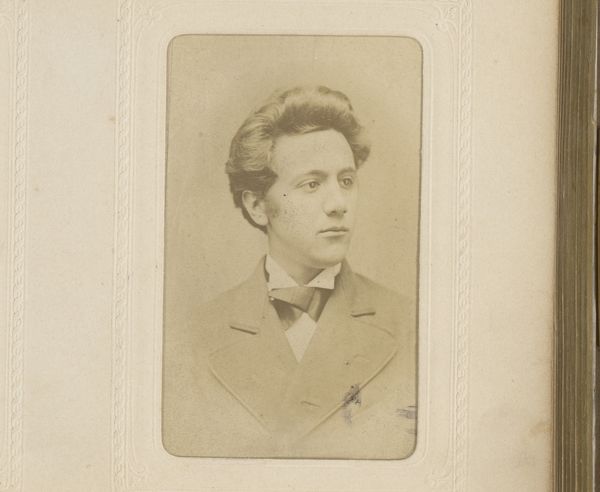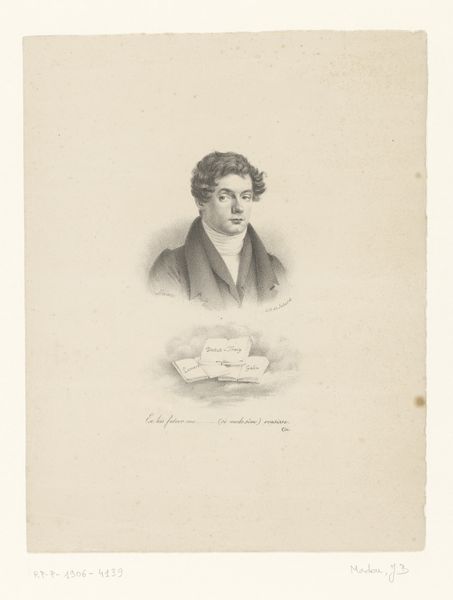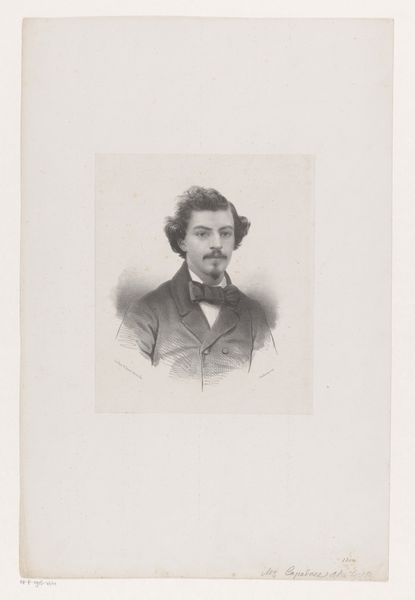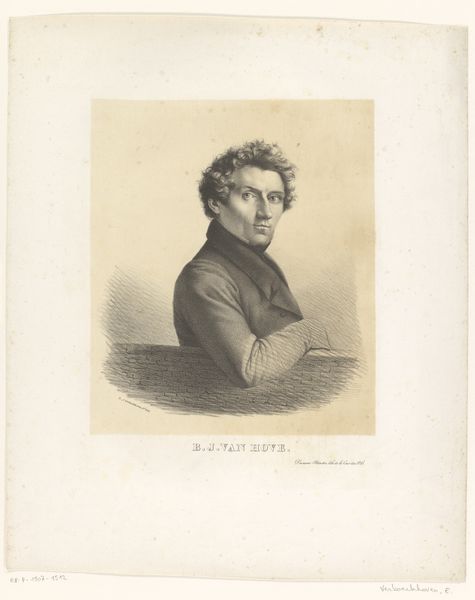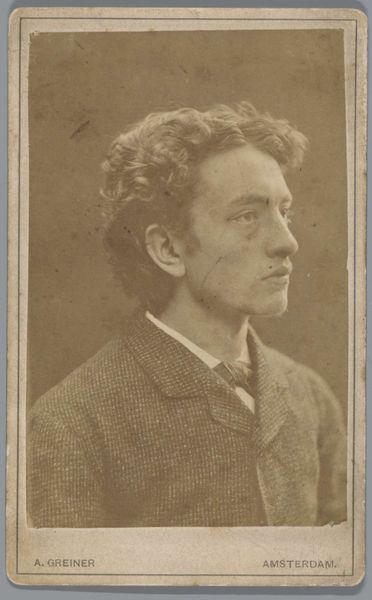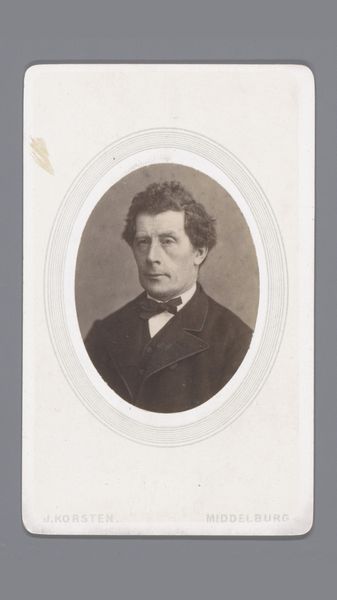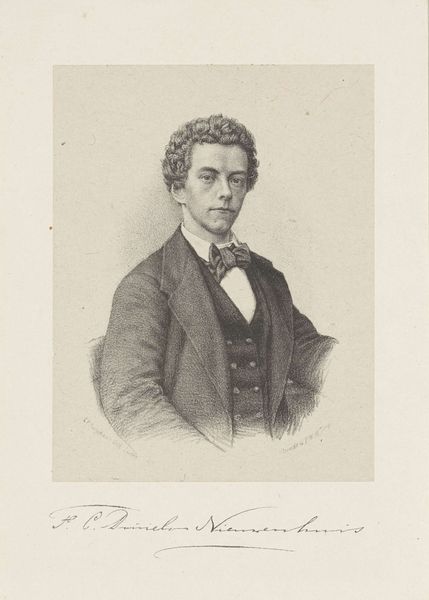
drawing, print, engraving
#
portrait
#
drawing
# print
#
old engraving style
#
caricature
#
pencil drawing
#
romanticism
#
history-painting
#
engraving
#
realism
Dimensions: height 230 mm, width 157 mm
Copyright: Rijks Museum: Open Domain
This is Charles Baugniet’s portrait of Charles Latour Rogier, made in 1841 using lithography. The magic of lithography lies in its directness. The artist draws directly onto a stone or metal plate with a greasy crayon, then the surface is treated so that ink only adheres to the drawn areas. Pressed onto paper, the image appears. Here, the texture achieved through lithography gives depth to Rogier's coat and hair, lending the portrait a tactile quality. The precision of the medium captures fine details, highlighting Rogier’s dignified features and the cut of his suit. The lithographic process allowed for multiple reproductions, democratizing access to portraiture. This print isn't just an image; it reflects the socio-economic landscape of its time, where advancements in printing technology enabled broader dissemination of art and information, influencing public opinion and cultural identity. It challenges our conventional understanding of art by showing the significance of mechanical reproduction in shaping cultural narratives.
Comments
No comments
Be the first to comment and join the conversation on the ultimate creative platform.

